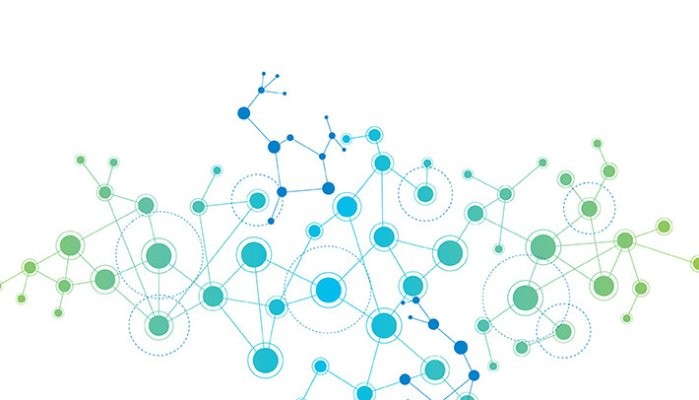
The Network Effect & Online Higher Education (Internet Economics)
The third of a set of posts on the interaction of Internet economics and online higher education.
Post No. 1 Internet Economics and Online Higher Education
Post No. 2 Scale and Online Higher Education (Internet Economics)
::
Most people are familiar with economies of scale, which we discussed in a recent post. The Network Effect, sometimes called “Metcalfe’s Law”, is less well-known, but equally relevant if we want to understand how the unique economics of the Internet are influencing higher education.
Economies of scale is concerned with the impact on the cost per unit that results from increases in the number of units created and sold. Network Effects, on the other hand, concerns the impact of volume on the value to the end-user of the good or service. When the Network Effect is present and positive, the value of the good or service increases as more people use it. Social media is a commonly cited example: as participation in P2P networks like Twitter and Facebook rise, the possibilities for new interactions, and the range of available content increases - which, in turn, increases the value of using the network for each participant.
The Network Effect and Online Higher Education
At first glance, the Network Effect seems to have little relevance to higher education. Value in higher education is conventionally thought to correspond to low volume: smaller classes and more exclusive institutions, for instance. But the continued migration to Internet-based learning and services in higher education has the potential to change the relationship between volume and value. Critics of MOOCs, for example, argue that students won’t learn or persist with an educator-to-student ratio of 50,000 to one. But advocates point out that by using peer-to-peer learning in this context, the value of the MOOC could actually grow as the number of participants increases.
Ironically, the application of social media to higher education often fails to leverage the Network Effect, highlighting the importance of context on the value of technologies. Social media thrives when there are thousands, if not millions, of users within a single, overarching community. The high volume of users provides online communities with enough activity and content to ensure that each user finds what and who they want with sufficient frequency to make participation worthwhile. Twitter and Linked In now have over 300 million active users. But higher education typically restricts participation to a single class (e.g. 40–100 students per course).
When More is Better
Not surprisingly, the concept of Network Effects is most often associated with products and services that involve networks in which people or objects are connected in some fashion, such as telephone systems and, as mentioned, social media. But many writers have expanded the concept to include other types of product or services in which the value for each user increases as the number of users climbs - regardless of whether the people or objects are connected in a network. For example, the value of knowing how to use a software program like Microsoft Excel will rise for each job-seeker as it becomes the industry standard.
A similar dynamic between volume and value can be seen in the sphere of learning analytics. We can use analytics to understand and address the needs of each student. But additional, equally-valuable insights be generated by aggregating data across a larger number of learners. By reviewing student performance data across a number of institutions we can identify patterns based, for example, on socio-economic status or high school GPA. This kind of information is an important aid to institutional strategy (e.g. recruiting tactics, financial support, student services), and better government policy and funding.
::